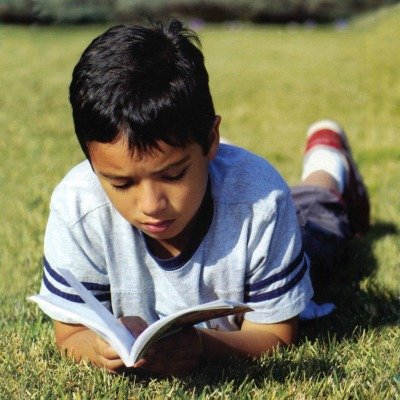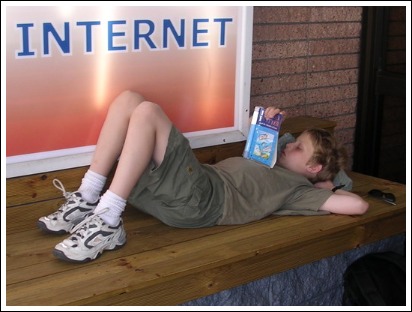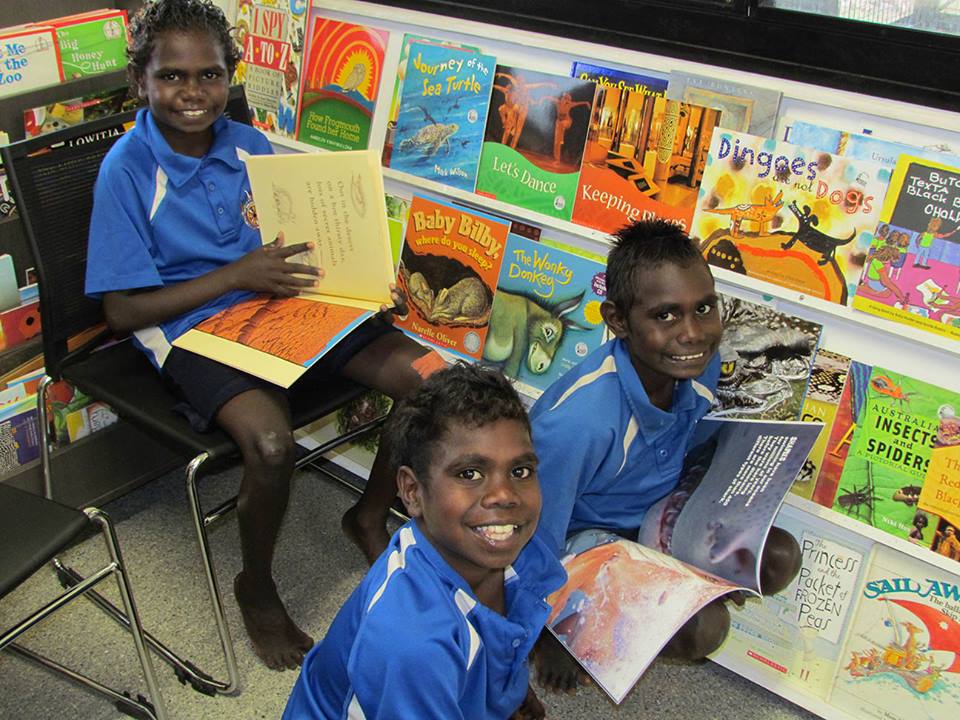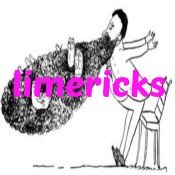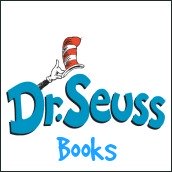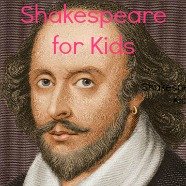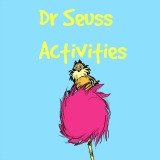What is Reading?
So what is reading? Seems like a simple question, right?
Before becoming a teacher, I might have answered it by talking about how reading has to do with being able to sound out words.
I might have talked about being able to pronounce the words correctly and understand what each word means and I might have gone on to say something about being able to read fluently, without individually sounding out each word in the way that new readers do.
Yet reading is about much more than just these things. At its heart, reading is about a reader making meaning from a piece of writing.
This idea becomes a bit clearer for me when I try to read something that's written in another language.
For example, my husband's first language is German and I sometimes make him laugh by reading aloud a Facebook post written in German.
I can pronounce some of the words correctly and I can even work out what some of them mean.
But of course that doesn't mean I
know what the post is about or understand what the poster is trying to
communicate.
In the same way, talking about children "knowing their ABCs" and focusing on their ability to recognise individual words misses the point completely.
There is much, much more to reading than
these things so let's look at what reading is in a bit more detail.
The Simple View of Reading
In simple terms, reading involves two basic processes: learning how to decipher print (also called decoding skills) and understanding what the print means (comprehension skills).
Both of these are necessary for someone to become a skilled reader. One without the other is simply no good.
Let's have a look at this in a bit more detail.
Decoding skills are the 'sounding out skills' children usually learn in the first two years at school. They begin by learning what teachers call 'sound-letter correspondence'. For example, they learn that c makes a 'kuh' sound.
Later they learn blends of sounds. For example, they learn that s and h together make a 'sh' sound as in 'shower' and that c and h together make a 'ch' sound as in 'chair'.
Learning to sound out letters in this way helps children read unfamiliar words and it's a skill they do need to learn. But this learning is easy for children whose comprehension skills are already well-developed as a result of many years of being read to.
Comprehension is understanding.
Being able to understand what we read, at a surface level and at a deeper, inferential level, is the purpose of reading. And whether - or how well - a child comprehends what she is reading depends on the degree of background knowledge she has about the subject matter.
For example, a child who has only just arrived in Australia may speak English quite well but may have no idea what a wombat is. If I read a story to the class about wombats, she is unlikely to understand very much about it because she does not have the basic knowledge about wombats that most Australian children have.
A child who has had lots of interesting experiences in the world and who has a rich vocabulary to go with those experiences finds it much easier to read new words and to understand what he is reading than a child who does not have those experiences.
Here's another example.
I recently took a reading group of Year 1 and 2 students and we read a book about a soccer team.
There were quite a few unfamiliar words in the story however the one boy who played soccer had no trouble sounding them out and remember them because of his background knowledge. The other children who weren't familiar with soccer found reading the story more challenging.
9 Reading Skills
So now we've looked at the two basic processes involved in reading, let's see how those processes are learned.
Learning how to read is a complex task.
It requires children to develop the nine main skills described below.
This can sound very intimidating but the good news is that nearly all of them develop naturally and easily without being taught if you read aloud to your child often from babyhood.
To learn more about how this works, you may like to check out my pages about reading to children and learning how to read.
Here are the nine skills:
1. oral language skills = basically speech and vocabulary
2. phonological awareness = an awareness of the sounds that make up spoken language
3. storytelling knowledge = knowing how a story works and how to tell one
4. comprehension = understanding what they hear or read
5. print awareness = understanding that written language carries meaning: "hey, those squiggly lines on the page mean something!
6. letter-sound correspondence = being able to match sounds to the corresponding letters
7. decoding skills = being able to 'sound out' unfamiliar words
8. fluency = being able to read fluently, without the need to decode (sound out) each word
9. prosody = reading with the appropriate intonation, pace and emphasis
References:
Center, Y. (2005). Beginning Reading. Sydney: Allen & Unwin.
Coyne, M. D; McCoach, D. B; Loftus, S; Zipoli, Jr. R; & Kapp, S. (2009). Direct Vocabulary Instruction in Kindergarten: Teaching for Breadth versus Depth. Elementary School Journal, Vol. 110 Issue 1, p1-18.
Hirsh-Pasek, K; & Golinkoff, R. (2003). Einstein Never Used Flash Cards. USA: Rodale.
Hoover, W.A; Gough, P.B. (1990). The Simple View of Reading. Reading and Writing: An Interdisciplinary Journal 2: 127-160.
home >>> learning how to read >>> what is reading?
